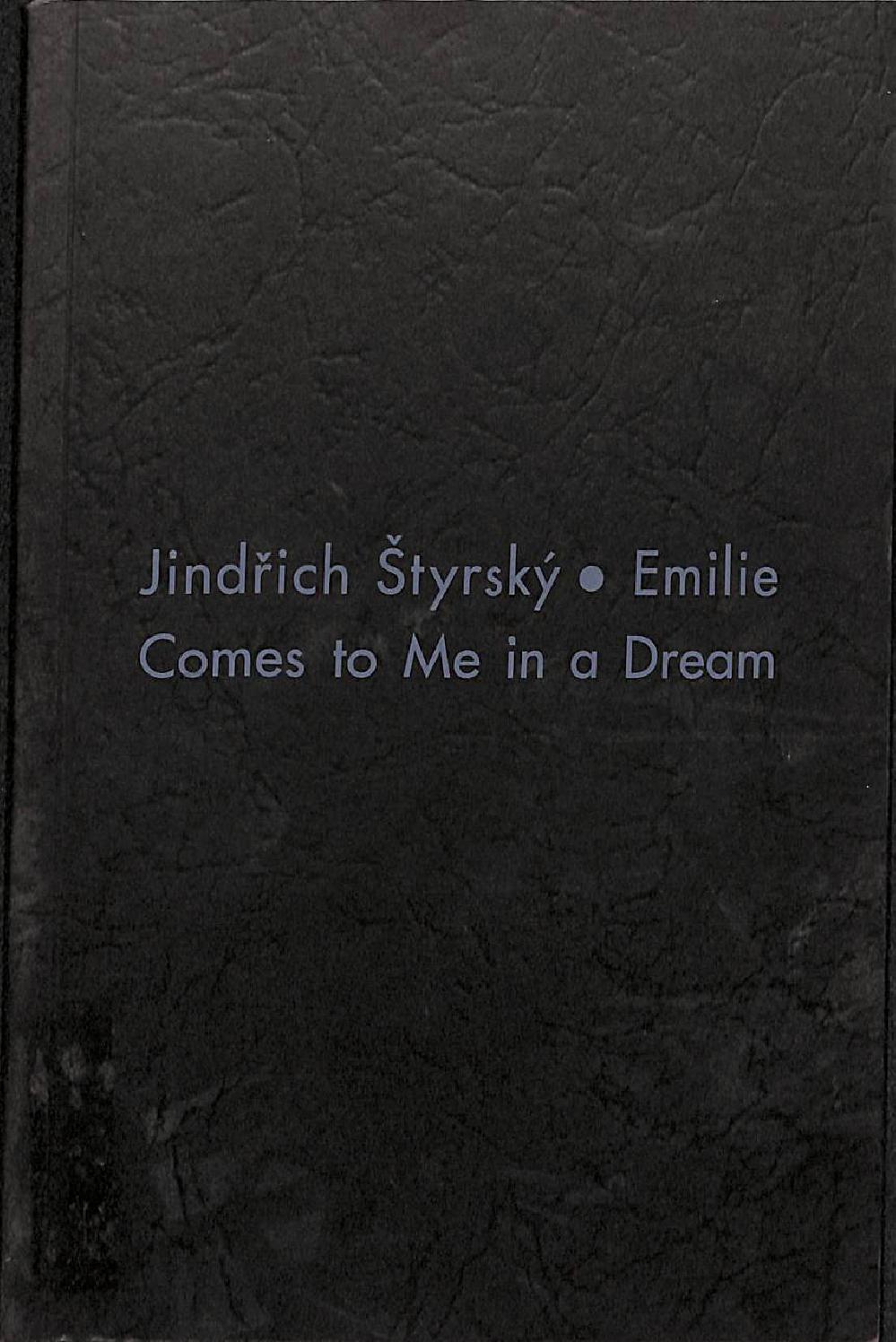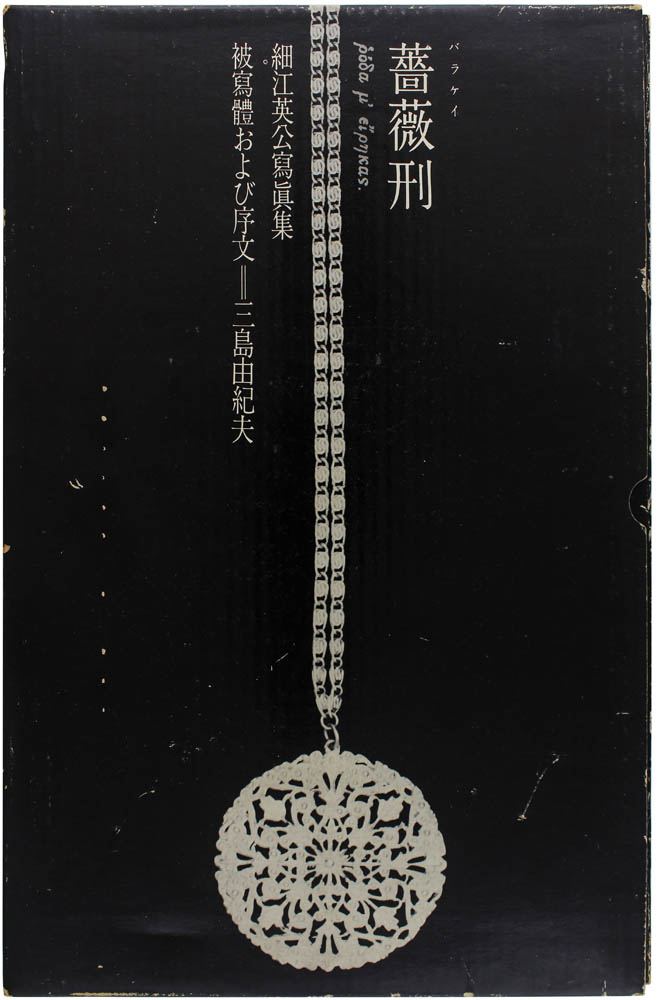Glass Bead, 3: Site 2: Dark Room: Somatic Reason and Synthetic Eros (2019) [EN, FR, JP]
Filed under journal | Tags: · body, eroticism, love, reproduction, sex, thinking

“This issue, produced in the framework of Okayama Art Summit 2019 (‘IF THE SNAKE’, curated by Pierre Huyghe, September 27 – November 24 2019, Japan), focuses on the concrete conditions of embodied thought. From the assessment of historical attempts at grounding critique in the body to the exploration of contemporary issues surrounding situated knowledge, from the analysis of the aesthetic and political economy at play in the encounter with advanced human-like sex robotics to the ways in which algorithms are transforming our sense of intimate relationships, and from the ways in which cruising practices subvert dominant discourses on architecture and the city to the libidinal economy at work in specific art forms, the contributions gathered in this issue navigate the fault line that articulates erotics and rationality.
‘Site 2. Dark Room: Somatic Reason and Synthetic Eros’ contends that contemporary upheavals concerning love, sex and reproduction are not mere side issues that can be safely dealt with in various already existing discursive regimes (e.g. biology, psychology, identity politics) but crucial transformative vectors for developing a renewed understanding of transdisciplinary reason.
The publication of this issue will be spanned across the duration of the triennial, with one new contribution uploaded every week.
With contributions by Adam Berg (artist, writer), Louis Chude-Sokei (writer), Cruising Pavilion (curatorial collective), Sally Haslanger (philosopher), Anna Longo (philosopher), Alexandra Hedako Mason (researcher), Matthew Poole (writer), Patricia Reed (artist, writer), Oli Surel (writer), and Three Billions of Perverts (archival material).”
Publisher Glass Bead, September-November 2019
HTML, PDFs (English)
HTML, PDFs (French)
PDFs (Japanese, added on 2020-1-15)
See also Issue 2
Jindřich Štyrský: Emilie Comes to Me in a Dream (1933/1997)
Filed under artist publishing | Tags: · collage, dreams, eroticism, sexuality, surrealism

Jindřich Štyrský (1899–1942) was a painter, poet, photographer, collage artist and editor. A founding member of The Surrealist Group of Czechoslovakia he edited Erotická revue that included illustrations by well-known Czech artists and had an imprint called Edice 69 (Edition 69) where Emilie přichází ke mně ve snu, a portfolio of 10 erotic surrealist photo-collages, appeared in 1933 as its sixth and final volume. Štyrský believed that in pornography he had found a destabilizing medium that could be used to subvert established social and artistic norms. Bohuslav Brouk, a psychoanalyst affiliated with the Czech surrealists, contributed an afterword in which he commented forcefully on the subject of pornography as art. Despite its small run of 69 copies, the book is now considered a masterpiece of Czech Surrealism.
This new edition contains 12 collages, two of which were edited out from the original.
New edition
With an afterword by Bohuslav Brouk
Publisher Ubu Gallery, New York, 1997
35 pages
via Oh Top Book Photobooks
PDF (low res, 5 MB)
See also collection of 21 collages in Centre Pompidou
Eikoh Hosoe, Yukio Mishima: 薔薇刑 / Killed by Roses (1963–) [Japanese, English]
Filed under artist publishing | Tags: · body, eroticism, photography

The legendary photobook Barakei — Killed by Roses is a collaboration between photographer Eikoh Hosoe and writer Yukio Mishima. Hosoe used props, personal belongings and backgrounds readily available in Mishima’s house to cast the renowned writer as his subject in a sequence of surreal scenery.
“The photos that make up the body of the book are inky, sometimes high-contrast gravures that bleed right to the edge of the page and often extend across the entire open spread, giving extra impact to images that are already quite arresting. Even if the subject of Hosoe’s photographs weren’t the author Yukio Mishima, the book would be remarkable for its humid mix of eroticism and myth, queer kitsch and high art. But Mishima, Japan’s most celebrated and controversial modern novelist, was also a brilliant provocateur and his presence here turns ‘Killed By Roses’ into a charged collaboration between artists testing one another’s limits. Hosoe’s first meeting with Mishima, in September 1961, was at the writer’s house. That first day, Mishima, already dressed only in a loincloth, ended up wrapped in a garden hose and standing on the marble mosaic zodiac on his lawn. The resulting surreal images are among the book’s most famous; though Hosoe saw them as ‘the destruction of a myth’. Mishima’s ritual suicide in 1970 was seen as his final artistic act.” (Andrew Roth, “The Book of 101 Books”, p 164)
Photography by Eikoh Hosoe (細江英公)
Model and introduction by Yukio Mishima (三島由紀夫)
Publisher Shueisha (集英社刊), Tokyo, 25 March 1963
104 pages
via Harper’s Books, HT Bint Bint
English edition
Preface by Yukio Mishima
The Photographer’s Note by Eikoh Hosoe
Afterword by Mark Holborn
Publisher Aperture, 1985
ISBN 0893811696
[96] pages
via grza
Commentary: Eikoh Hosoe (ASX, 2010).
Wikipedia-JP
Reprint (JP, 2008)
Publisher (EN)
WorldCat (EN)
薔薇刑 / Killed by Roses (Japanese, PDF, 7 MB; JPGs)
Ba-ra-kei: Ordeal by Roses (English, 1985, 153 MB, added on 2017-10-25)

